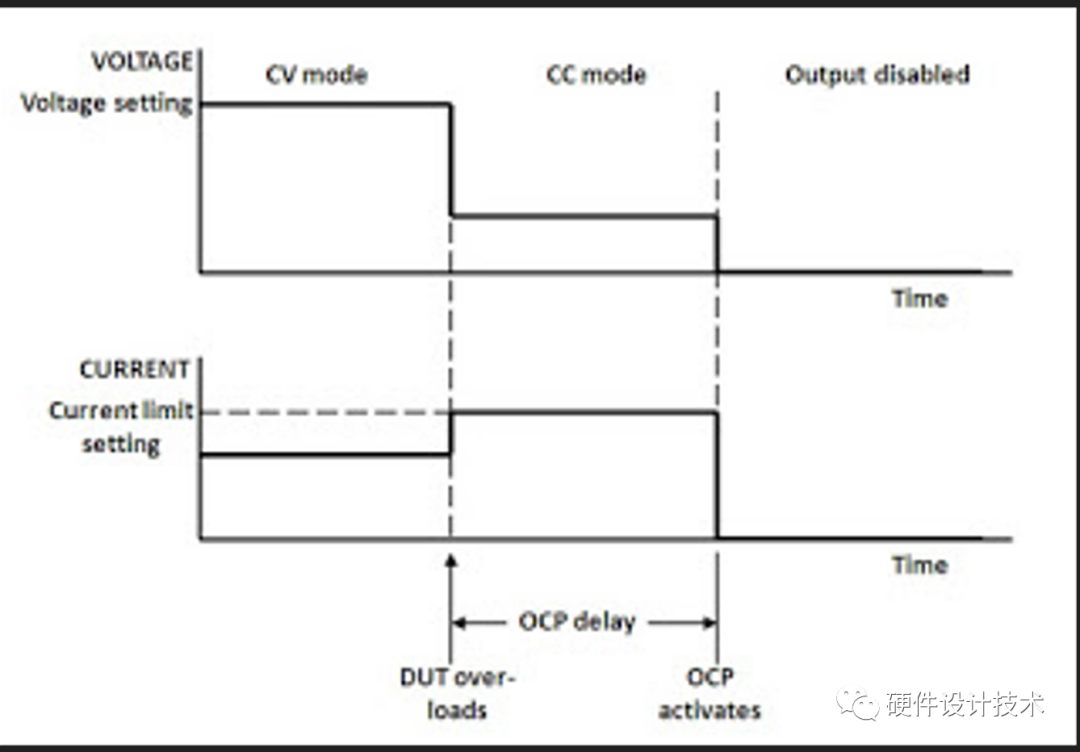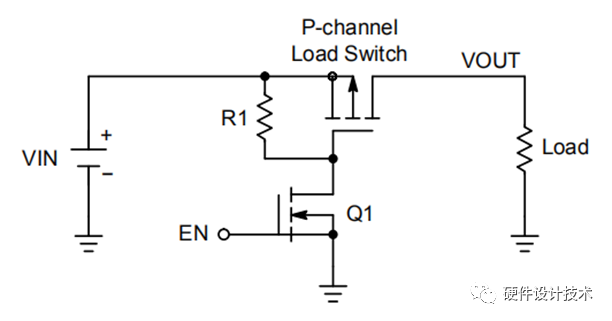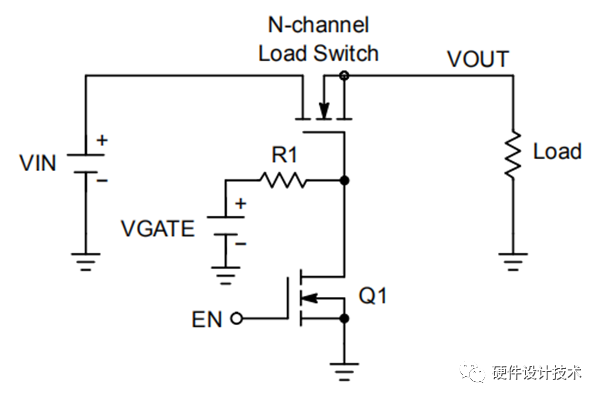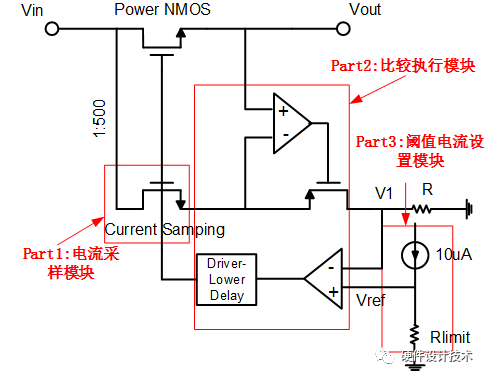一、How does Over Current Protection (OCP)work?
When over-current protection (OCP) is enabled, the power system turns off the output if the output current reaches the current limit setting and transitions from constant voltage (CV) operation to constant current (CC) operation.
With OCP turned on, the OCP takes over after a specified time delay and shuts down the output of the power supply. The delay time is programmable. This prevents OCP from shutting down the DC power supply from short current spikes and other acceptably short overloads that are not considered harmful. In comparison, with Over Voltage Protection (OVP), the output is disabled immediately. OVP is usually always enabled and cannot be turned off. However, unlike OVP, OCP can be turned on and off and its default is usually off. A typical OCP event is illustrated here:

Wecan specify an OCP delay to prevent momentary output settings, load, and status changes from tripping the over-current protection. In most cases these momentary conditions would not be considered an over-current protection fault, and having an OCP condition disable the output when they occur would be a nuisance. Specifying an OCP delay lets the OCP circuit ignore these momentary changes during the specified delay period. Once the OCP delay time has expired and the over-current condition persists, the output will shut down. Other factors include the difference between old output value and new output value, the current limit setting, and the load capacitance in CV operation or load inductance in CC operation. The delay required must be determined experimentally on a case-by-case basis.
二、N-MOS & P-MOS 工藝芯片對(duì)比:

P-MOSOCP原理簡(jiǎn)介

N-MOSOCP原理簡(jiǎn)介
| NMOS | PMOS | |
| Ron | 較小 | 較大 |
| Io | 較大 | 較小 |
| Charge pump | 需要 | 不需要 |
| Parasitic capacitance | 較小 | 較大 |
| Cost | 較高 | 較低 |
性能指標(biāo)對(duì)比
三、鏡像電流采樣技術(shù):

1、外部設(shè)置Rlimit,確定觸發(fā)Rlimit時(shí)的電流為
2、隨著負(fù)載電流的增加,成比例的鏡像電流也逐漸增加
3、當(dāng)鏡像電流達(dá)到滿足,  ? ?此時(shí),觸發(fā)限流機(jī)制
? ?此時(shí),觸發(fā)限流機(jī)制
4、低延時(shí)的驅(qū)動(dòng)單元將功率管的柵極電壓拉低,達(dá)到限制PowerNMOS電流的大小的目的
四、PCB Layout注意事項(xiàng)
1、輸入輸出電容靠近芯片PIN腳擺放
2、輸入輸出電容兩端端就近打足夠的GND-VIA
3、芯片及周邊元件盡量靠近負(fù)載端擺放,減小路徑上的寄生參數(shù)
4、TVS靠近芯片PIN腳擺放,電流流過順序?yàn)橄萒VS,再過電容,最后到芯片PIN腳
5、Rlimit電阻選用的精度至少±1%
五、OVP 與 OCP 對(duì)比:
This is quite different than the almost immediate response time of an OVP system. Even if the OCP delay time was set to zero, the response is still on the order of milliseconds instead of microseconds compared to an OVP event. And when the amount of overdrive is small, as is the case for the 6 A loading, providing just 1 A of overdrive, the total response time is much greater.
Unlike the OVP system, which operates totally independent of the voltage limit control system, the OCP system is triggered off the current limit control system. Thus the total response time includes the response time of the current limit as well. The behavior of a current limit is quite different than a simple “go/no go” threshold detector like OVP. A limit system, or circuit, needs to regulate the power supply’s output at a certain level, making it a feedback control system. The stability of this system is important, both with crossing over from constant voltage operation as well as maintaining a stable output current after crossing over. This leads to the slower and overdrive dependent response characteristics that are typical of current limit systems.
審核編輯:劉清
-
芯片
+關(guān)注
關(guān)注
456文章
50963瀏覽量
424807 -
pcb
+關(guān)注
關(guān)注
4322文章
23128瀏覽量
398613 -
負(fù)載電流
+關(guān)注
關(guān)注
1文章
250瀏覽量
14347 -
TVS
+關(guān)注
關(guān)注
8文章
792瀏覽量
60658 -
MOS
+關(guān)注
關(guān)注
32文章
1278瀏覽量
93929
原文標(biāo)題:Over Current Protection【OCP】
文章出處:【微信號(hào):硬件設(shè)計(jì)技術(shù),微信公眾號(hào):硬件設(shè)計(jì)技術(shù)】歡迎添加關(guān)注!文章轉(zhuǎn)載請(qǐng)注明出處。
發(fā)布評(píng)論請(qǐng)先 登錄
相關(guān)推薦
如何通過一個(gè)微分電路和一個(gè)P-MOS做到如下要求
P-MOS輸出控制請(qǐng)教
請(qǐng)MOS管大神指點(diǎn):MOS管H 半橋電磁閥驅(qū)動(dòng)電路
優(yōu)奈斯代理(恒泰柯HUNTECK)全系列MOS:低壓低內(nèi)阻MOS
關(guān)于P-MOS開關(guān)電路中MOS管燒壞的求助
給大家分享一個(gè)N-MOS和P-MOS驅(qū)動(dòng)的應(yīng)用實(shí)例
N-MOS管的原理是什么?N-MOS管為什么會(huì)出問題?
如何區(qū)分P-MOS和N-MOS?如何區(qū)分MOS的G、D、S管腳?MOS管如何導(dǎo)通?





 N-MOS工藝芯片與P-MOS工藝芯片對(duì)比
N-MOS工藝芯片與P-MOS工藝芯片對(duì)比











評(píng)論